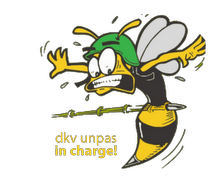1. Appropriate - They must embody and convey a feeling that represents the nature of the industry at large. Logos for a ballet company, a bank, and a produce distributor should look dramatically different.
2. Distinctive - They must distinguish and separate the individual company from the competition. An appropriate look that does not draw attention to the unique qualities of the business it represents only serves to support the industry as a whole, and will most likely draw business toward the leader in the field.
3. Attracting/Attractive - In general, pleasing aesthetics serve any business well. However, the qualities that attract the target consumer may not always overlap with conventional standards of attractiveness, and so “attracting” may occasionally take precedence over the latter “attractiveness.”
4. Readable/Understandable - Obviously, if letters and words are involved, the consumer must be able to decipher them. But the same is true for pictorial, symbolic, and abstract images. The image must not only portray what the designer and client intended, but every effort must be made to not convey any unintended ideas as well. A word of caution: the more abstract a logo is, the more it is like a Rorschach test. And it's very hard to predict what every viewer will see.
5. Functional - A logo must perform with equal strength and effectiveness in each of the numerous places it will be used. It must work on the side of the company truck and the business card. It must retain its integrity in crowded environments of competing graphics and colorful distractions. It must work in one color printing and on low-definition TV and computer monitors. These extreme and varied demands usually call for simplicity in design.
© John Langdon 2001
